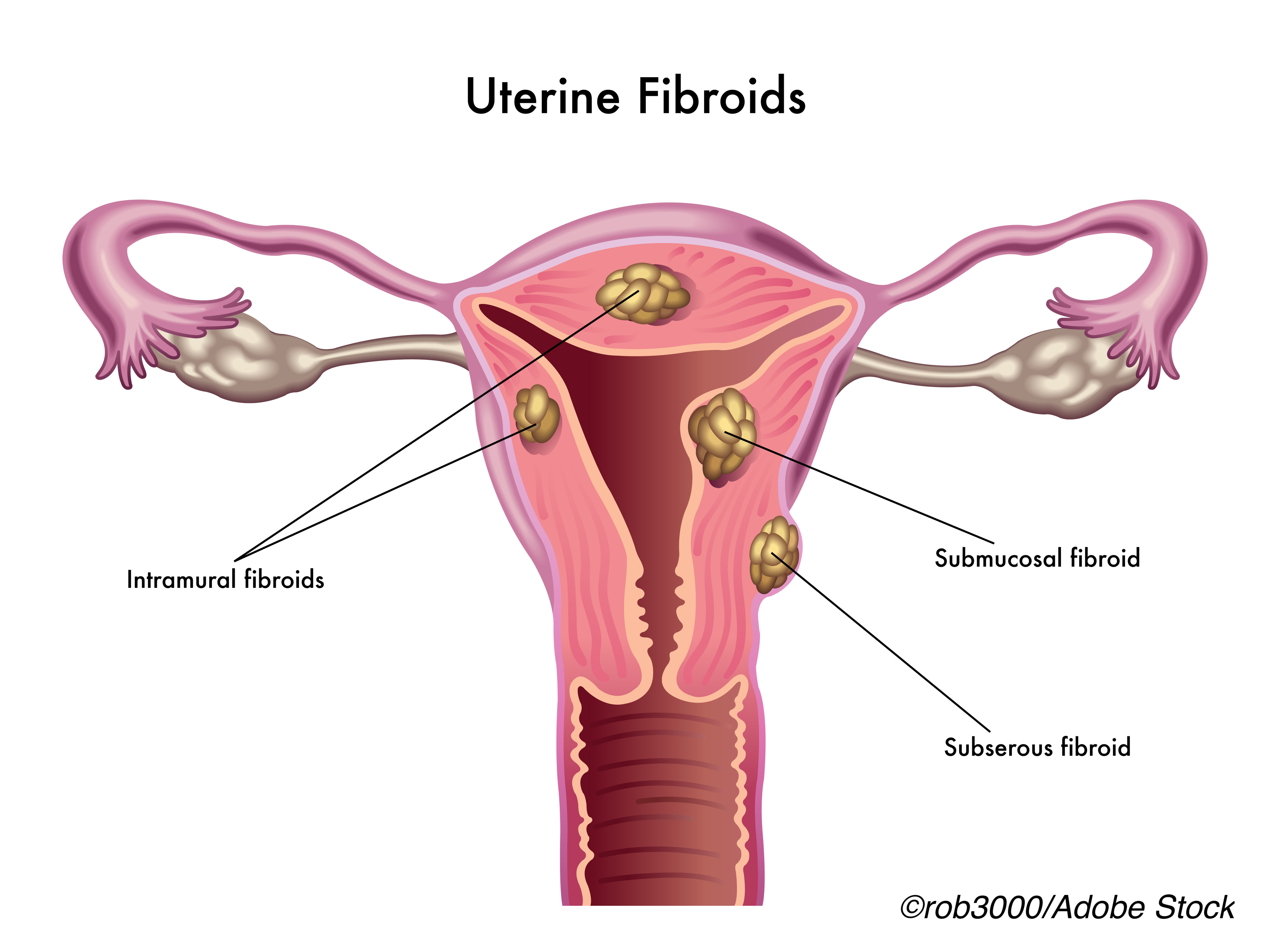
Black women exposed to elevated levels of ozone from air pollution had an increased risk for developing uterine fibroids in a large, prospective cohort study with 14 years of follow-up.
Women with the highest ozone exposures had a 35% increased risk for uterine fibroids compared to women with the lowest ozone exposures in the study, with stronger associations reported among younger women (<35 years of age) and women with a history of pregnancy.
No association was observed for exposure to other forms of air pollution, including particulate matter smaller than 2.5 microns (PM2.5) and nitrogen dioxide (NO2).
Two previous studies—one involving the Nurses Health Study cohort and the other involving women in Taiwan—have suggested a link between air pollution exposure and risk of uterine fibroids, but the newly reported study, published online May 13 in the journal Human Reproduction, is the first to explore the association in an exclusively Black cohort.
In an email exchange with BreakingMED, lead researcher Amelia Wesselink, PhD, of the Boston University School of Public Health, explained that compared with White women, Black women are diagnosed with fibroids at a rate that is two to three times higher, and they also tend to be diagnosed at earlier ages and have more severe fibroid-related symptoms, such as heavy menstrual bleeding, anemia, and pelvic pain.
She added that the reasons for this are not clear.
“Inequitable exposure to environmental toxicants is a largely unexplored avenue of research,” she said. “We know that neighborhoods with a large proportion of Black residents have poorer air quality than majority White neighborhoods, due to residential segregation and racist patterns of neighborhood investment and divestment. If air pollution does indeed increase the risk of fibroids, this could at least partially explain the greater burden of fibroids among Black women.”
The prospective cohort study included data from Boston University’s ongoing Black Women’s Health Study on roughly 22,000 pre-menopausal Black women living in 56 metropolitan areas in the United States.
Ambient concentrations of three air pollutants (PM2.5, NO2 and ozone [O3]) were estimated using different methods, with monitoring conducted at different time periods designed to capture long-term exposure at each participant’s residence.
For PM2.5, the researchers estimated concentrations at the individual address level using a hybrid modeling approach. For NO2, a spatiotemporal land-use regression model was used to measure census block group levels, and O3 concentrations were estimated using the Bayesian space-time fusion model Downscaler, developed by the Environmental Protection Agency.
Women self-reported incident uterine leiomyomata (UL) diagnosis and method of confirmation (i.e. ultrasound,surgery) on biennial follow-up questionnaires. Cox proportional hazards regression modeling was used to estimate hazard ratios (HRs) and 95% confidence intervals (CIs) for a one-interquartile range (IQR) increase in air pollutant concentrations, adjusting for confounders and co-pollutants.
During 196,685 person-years of follow-up, 6,238 participants (28.4%) reported physician-diagnosed UL confirmed by ultrasound or surgery.
“Although concentrations of PM2.5 and NO2 were not appreciably associated with UL (HRs for a one-IQR increase: 1.01 (95% CI: 0.93, 1.10) and 1.05 (95% CI: 0.95, 1.16), respectively), O3 concentrations were associated with increased UL risk (HR for a one-IQR increase: 1.19, 95% CI: 1.07, 1.32),” the researchers wrote, adding that the association was stronger among women age <35 years (HR: 1.26, 95% CI: 0.98, 1.62) and parous women (HR: 1.28, 95% CI: 1.11, 1.48).
Study limitations included the possibility of misclassification of air pollution levels, “as monitoring data are not equally spatially distributed and we did not account for time-activity patterns.”
The self-reporting of uterine fibroid history was also a study limitation, Wesselink told BreakingMED.
“Many women with fibroids do not have symptoms, so we likely underestimated the prevalence of fibroids in our analysis,” she said. “Future work that screens an entire population of women for fibroids, to allow for fibroid detection regardless of symptoms, will be very important in further assessing this association.”
The researchers wrote that while the mechanism or mechanisms explaining the observed link between ozone exposure and uterine fibroid risk are not clear, potential contributors include hypertension, oxidative stress, and vitamin D deficiency—all of which are reported at higher rates in Black women than women of other ethnicities.
A recently published meta-analysis of nine studies with collectively more than 1,700 participants found that serum vitamin D concentration were lower in women with uterine fibroids compared with controls. Several other studies suggested that air pollution may be a risk factor for vitamin D deficiency, either by blocking ultraviolet B photons or reducing time spent outdoors.
Wesselink noted that the relationship between sunlight, ozone and vitamin D is complicated and deserving of additional study.
“There is a lot going on here, and without having more information of vitamin D exposure, we cannot determine how likely it is that vitamin D explains our findings for ozone,” she said. “But it is certainly possible, and something that needs to be accounted for in future research.”
-
Black women exposed to elevated levels of ozone from air pollution had an increased risk for developing uterine fibroids in a large, prospective cohort study.
-
Women with the highest ozone exposures had a 35% increased risk for uterine fibroids compared to women with the lowest ozone exposures in the study.
Salynn Boyles, Contributing Writer, BreakingMED™
This resarch was funded by the National Cancer Institute and the National Institute of Environmental Health Sciences. Researcher Lauren A. Wise reported being a fibroid consultant for AbbVie Inc, and accepting in-kind donations from Swiss Precision Diagnostics, Sandstone Diagnostics, FertilityFriend.com and Kindara. com. Resarcher Michael Jerrett reported consultancy fees from the Health Effects Institute.
Cat ID: 133
Topic ID: 83,133,730,133,192,149,925

